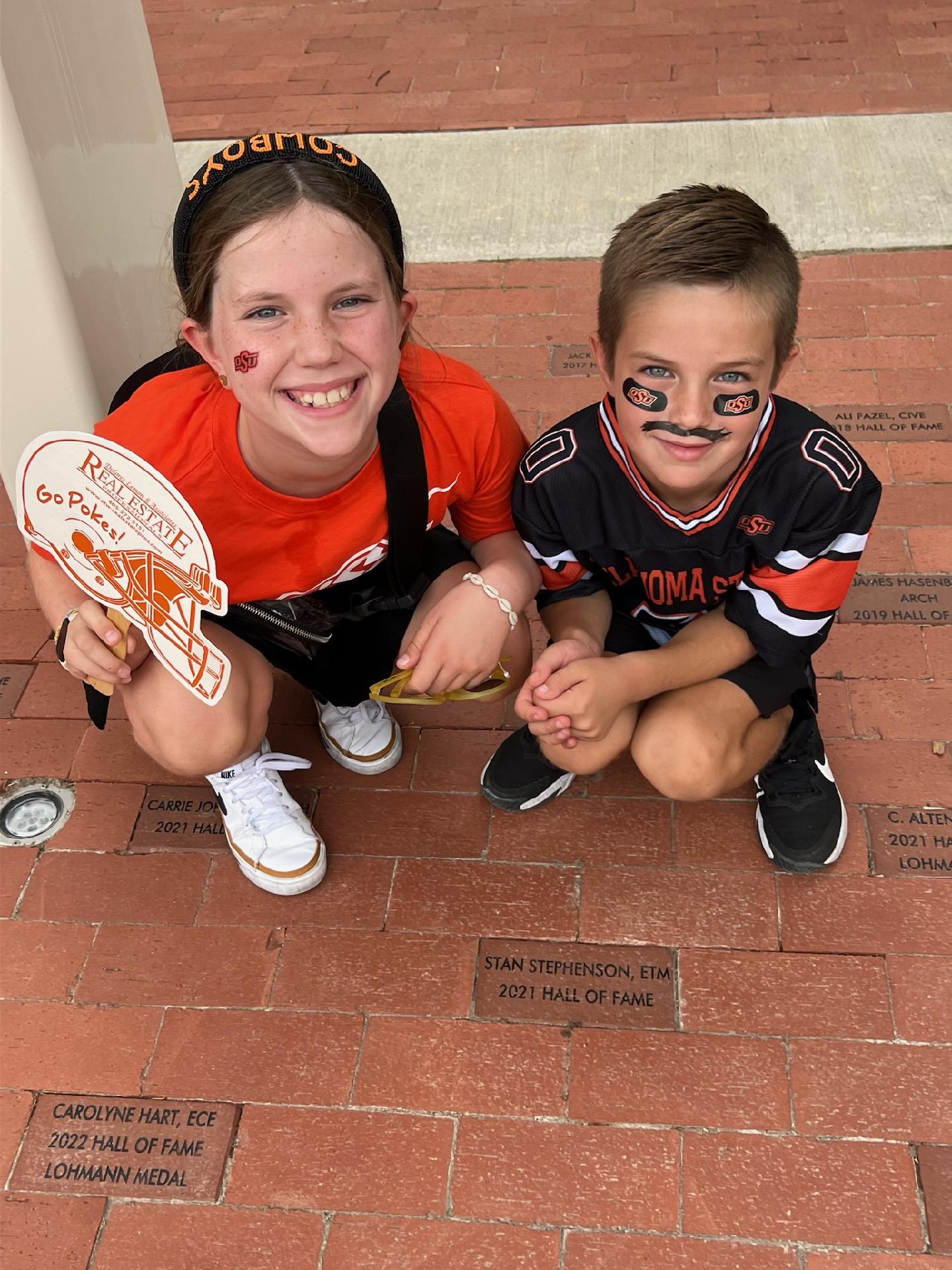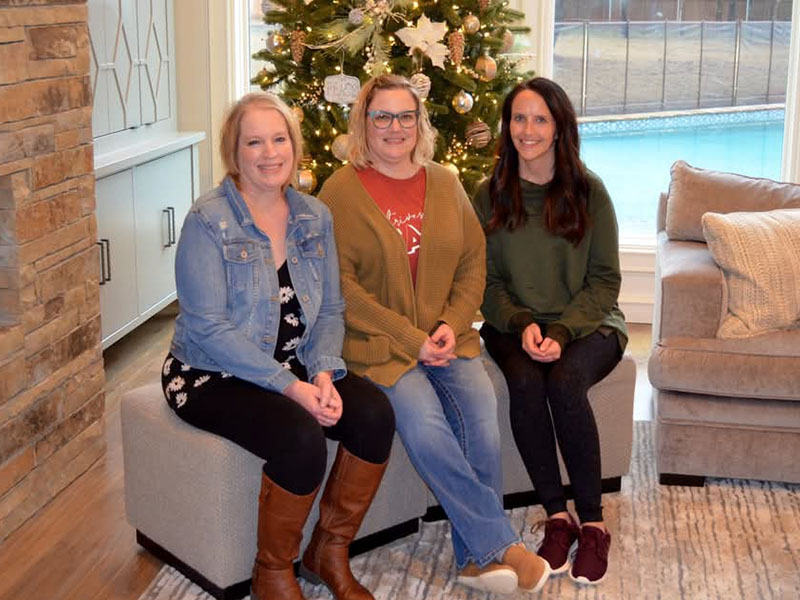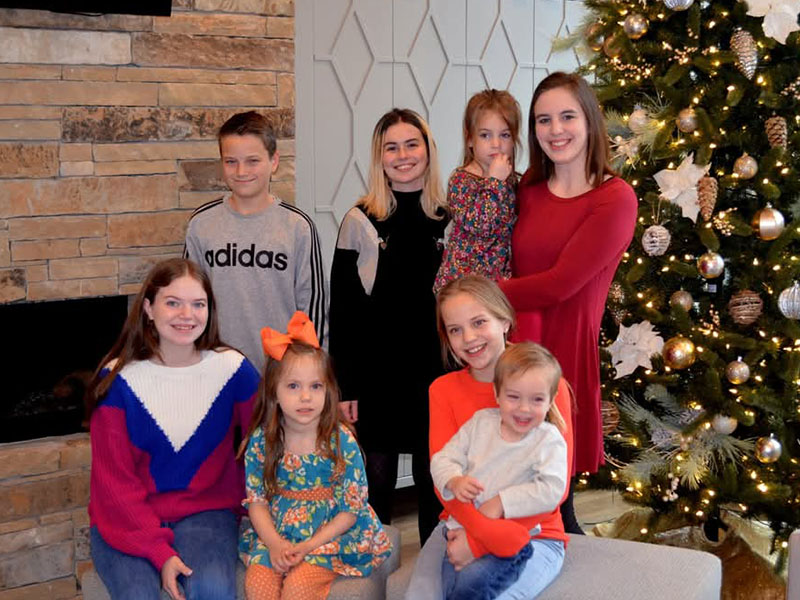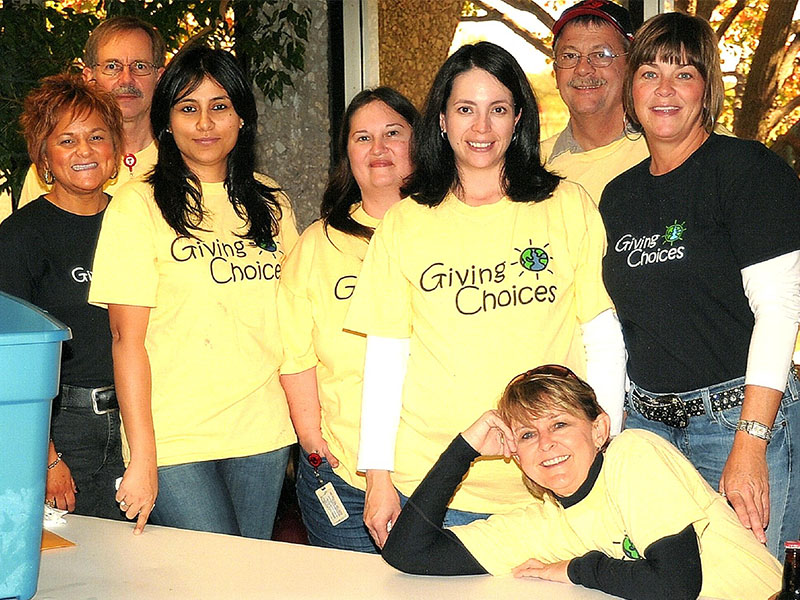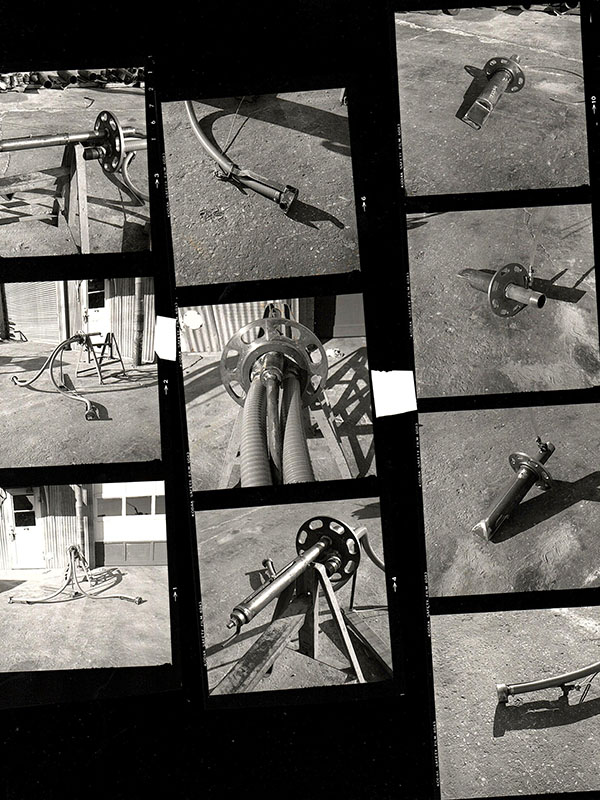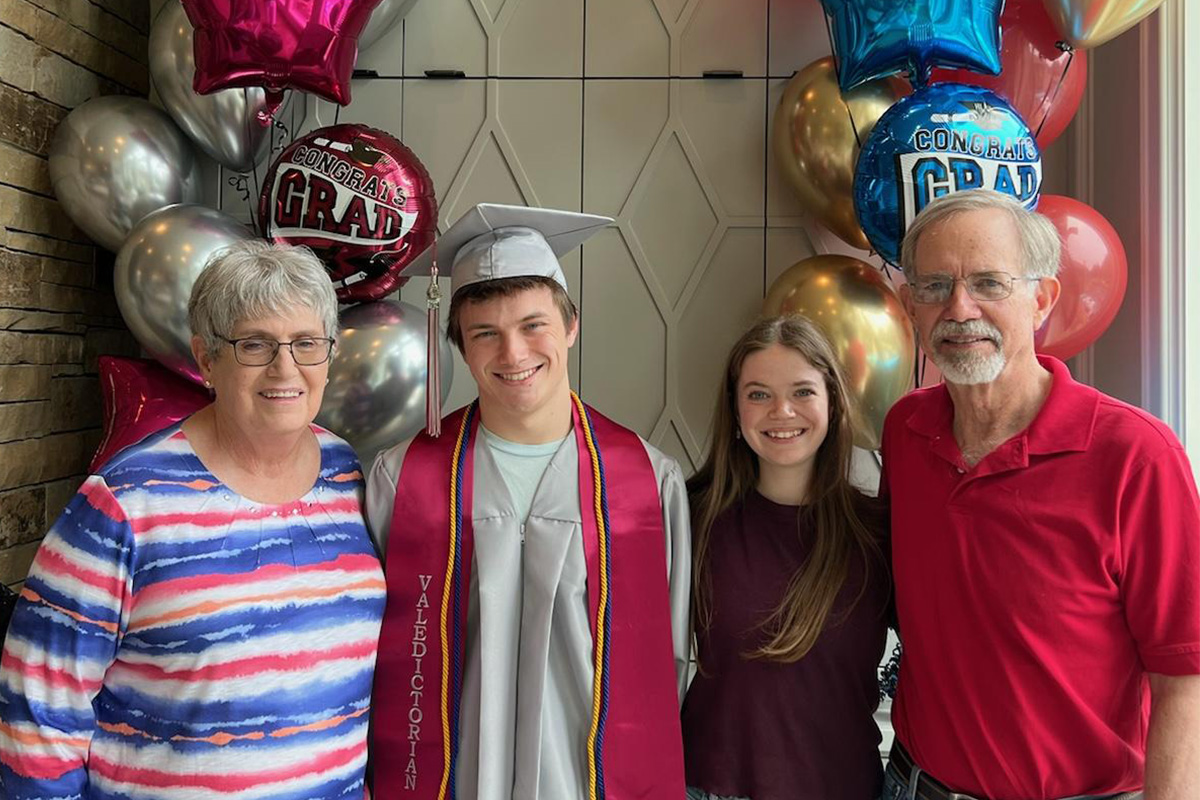CEAT Alumni Highlight - Stan Stephenson
Tuesday, April 15, 2025
Patti and Stan Stephenson standing with two of their grandchildren who graduated in May 2024. Liam graduated as one of the Valedictorians from Edmond Memorial High School and is currently at OSU in the Mechanical and Aerospace Department. Cailin graduated Magna Cum Laude from The University of Tulsa with a Geoscience Major and Minors in Energy and Music. She is currently pursuing her MS in Geology from Binghampton University in New York state.
When Stan Stephenson began taking graduate-level courses at Oklahoma State University in 1990, he wasn’t chasing a degree—he was building a toolbox. As his responsibilities at Halliburton evolved, Stephenson turned to OSU to sharpen the skills he needed to succeed. That mindset—strategically leveraging education for professional growth—defined his 45-year career and earned him a place in the College of Engineering, Architecture and Technology Hall of Fame.
Stan received his bachelor’s degree in mechanical engineering from Texas Tech, but when he was asked to develop a reliability program for Halliburton’s Production Enhancement and Cementing Equipment lines in 1999, he knew he needed something more. He officially enrolled in OSU’s Master of Science in Engineering and Technology Management program and began taking classes through OSU’s two-way video system, which Halliburton had been an early adopter of.
“I needed the economics and management tools to meet the requirements of my new role,” Stephenson said. “Besides preparing me for that job, the MSETM program gave me insights that I could immediately apply to improve company-wide performance.”
Shortly after graduating in 2003, Stan submitted a strategic business entry focused on strengthening Halliburton’s bottom line. That entry won him a spot in the company’s “CEO for a Day” competition—a recognition that further elevated his visibility with upper management.
Stan’s approach to engineering wasn’t just technical, it was economics. He firmly believes that no matter how elegant a design might be, it fails if it’s not economically viable. It’s a lesson he encourages every engineer to learn, regardless of whether they pursue a technical or management track.
His ability to bridge technical knowledge with economics understanding led to the development of a concept he co-authored called Relianomics. The term, coined in a reliability technical paper, defines metrics in terms of dollars gained for each percent increase in product reliability. Relianomics serves as a common language between engineers and managers—two groups that often speak in very different terms. On the day the paper was presented, the concept resonated so strongly that someone immediately registered the domain name Relianomics.com.
Relianomics became more than a buzzword. It became a framework for understanding how engineering decisions drive value. For Stephenson, it also reinforced a guiding principle: knowledge alone is not enough—it must be implemented in a way that creates measurable financial impact.
Throughout his career, Stephenson maintained a clear-eyed view of how companies work, especially when it came to vision, mission and strategy. He found that the companies’ mission statements all boiled down to the same message once you got past the filler buzzwords:
- Vision: Be top dog in your field
- Mission: Make more money
- Strategy: Expand market, increase market share, develop new markets, or increase margins
He encouraged those he mentored to look past buzzwords and instead understand the strategic core of their organization. That meant aligning with leadership goals, building roadmaps to support them, and most importantly, making their boss—and their boss’s boss—successful.
That practical, strategic mindset allowed Stan to navigate a long career with a single company, even during periods of industry instability and layoffs. His longevity was a direct result of his ability to evolve, contribute meaningfully and align with big-picture goals.
In January 2024, Stan officially retired from Halliburton as a Chief Technical Advisor. But his legacy continues—not only through the engineering and reliability practices he helped shape but through his family. His youngest daughter followed in his footsteps by attending OSU, and now his oldest grandson is a third-generation Cowboy, majoring in mechanical and aerospace engineering and earning accolades of his own, including the OSRHE Institutional Nominee Award.
“My grandson is following my footsteps,” Stephenson said. “But he’s much smarter than me.”
Stan and his wife, Patti, have been dedicated to community service, sponsoring children in Mozambique through World Vision and participating in various church construction projects.
Outside of work, Stan enjoys building mechanical projects, photography and playing the mountain dulcimer with his wife. They have taken lessons on the dulcimer in several states from Oklahoma to North Carolina. He is also skilled in riding a unicycle, a unique talent he shares with his best friend from high school.
From graduate classrooms to corporate boardrooms, Stan Stephenson proved that education isn’t just a steppingstone—it’s a lifelong strategy.
